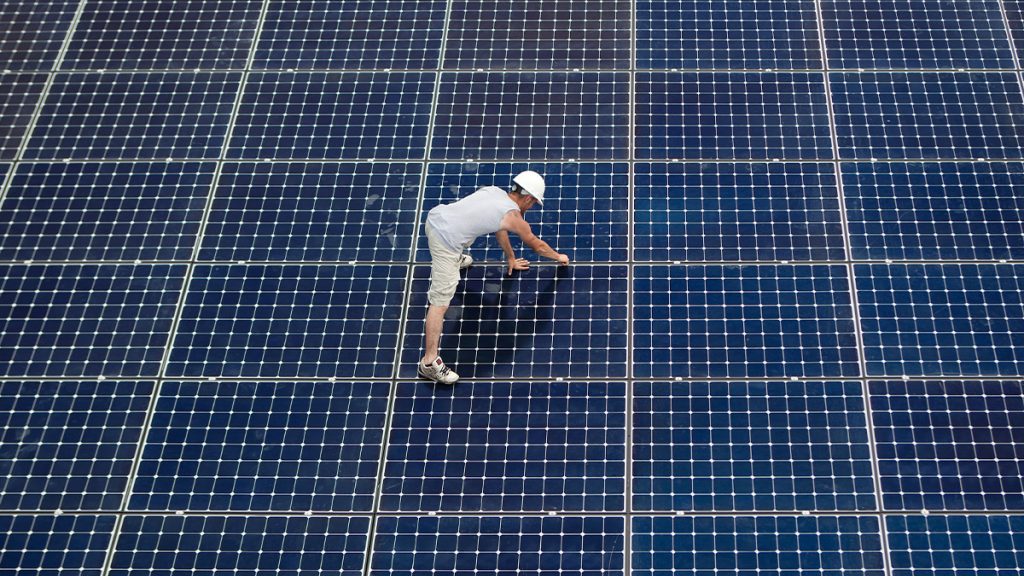The Dark Side of Solar Power

#Business
#Tech news
The Dark Side of Solar Power
Loveworld / 3 months
March 6, 2024
2 min read
The sun stands as a formidable force, offering Earth a reliable and abundant energy source. Unsurprisingly, solar energy is currently undergoing an impressive surge in growth and is anticipated to maintain a prominent position in the energy landscape for the foreseeable future.
The solar energy market is experiencing rapid growth, presenting positive prospects for the environment. However, there is a significant concern regarding the disposal of used solar panels. The replacement rate of these panels is outpacing expectations, and with current high recycling costs, there’s a genuine risk that many used panels may end up in landfills. This challenge extends to wind turbines, which are equally difficult to recycle.
While solar power is thriving, particularly in the U.S. where home installations have rebounded from the Covid-related slump, there is a looming issue with the end-of-life management of solar panels. Analysts predict a substantial increase in total capacity, with over 19 gigawatts installed compared to 13 gigawatts in 2019, and this number may quadruple over the next decade, driven by potential new regulations and incentives from the Biden administration, known for its environmental initiatives. Despite the positive growth, addressing the environmental impact of solar panel disposal remains a critical aspect that requires attention and sustainable solutions.
Over the past few years, solar power has enjoyed a consistent rise in popularity, a trend expected to persist. This substantial growth can be attributed to various factors, with a significant driver being the notable decrease in the cost of solar panels. This reduction has made harnessing the sun’s power more financially accessible than ever. Furthermore, ongoing advancements in solar technology have heightened its efficiency, rendering solar energy systems increasingly appealing to both residential and commercial users. The combination of cost-effectiveness and enhanced efficiency is poised to propel the continued adoption of solar energy throughout the United States.
